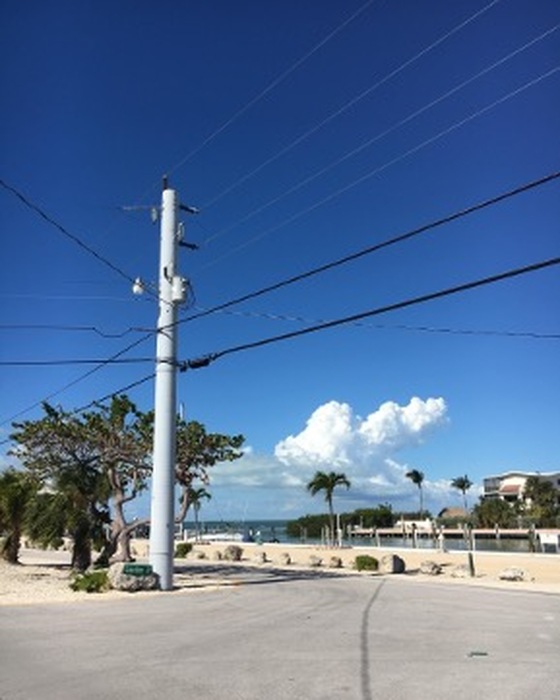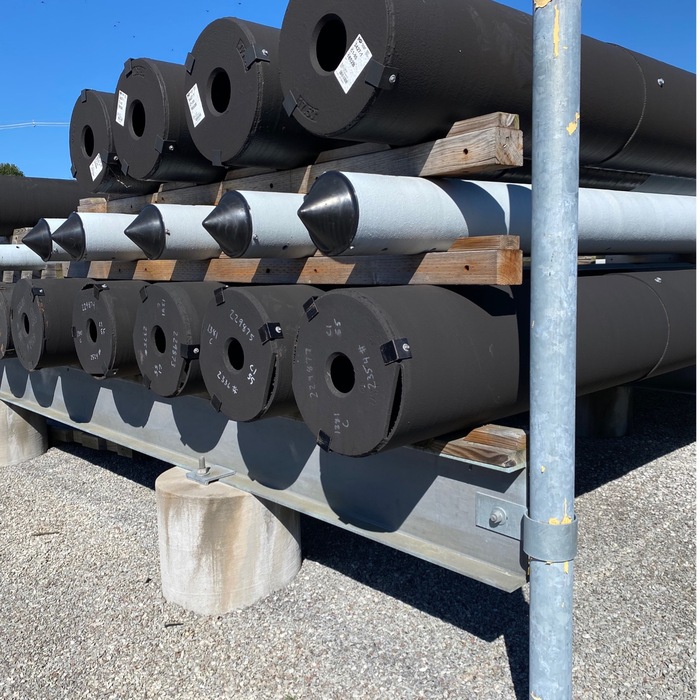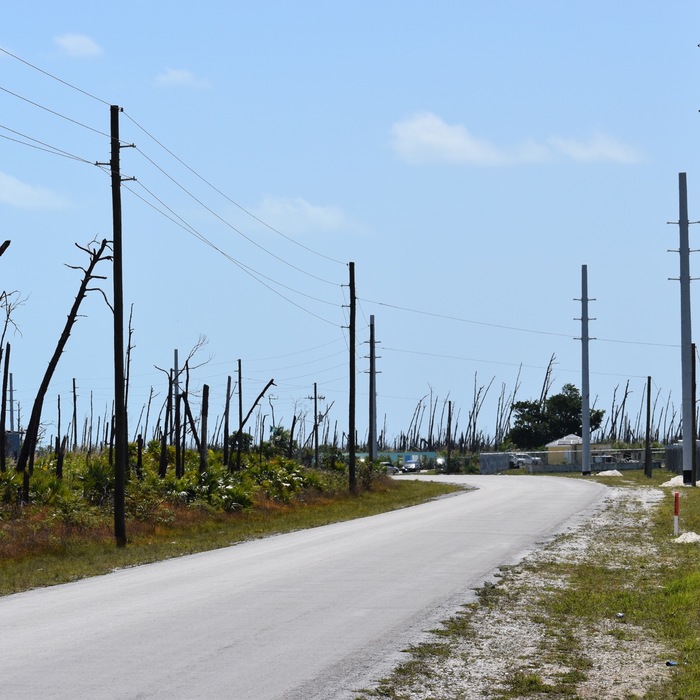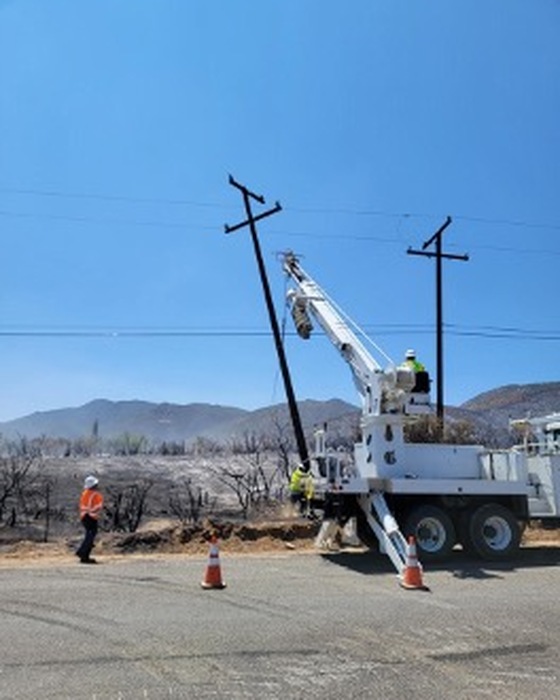
Storms & Corrosion
There’s a reason cast iron was the second most common material used to build historic lighthouses. When exposed to oxygen, it forms an oxide layer that protects the metal from further corrosion. Ductile iron has the same weathering properties as cast iron, and ductile iron lasts at least 50 to 100% longer than weathering steel.
Ductile iron poles can be further protected by applying a finish. Weathered finish poles are expected to last 75 years in normal conditions. The appearance is similar to a weathering steel pole, however ductile iron does not produce the same rusty run off as weathering steel and will not deteriorate like weathering steel.
At McWane, our coated finish is a two-part coating. First, zinc is arc-applied, and then an acrylic barrier is applied. This coating is more expensive than the weathered finish, and it is commonly used in areas where customers want the look of galvanized steel or new concrete poles. This coating will add to the life of the pole in particularly corrosive environments like the Florida Keys.
All McWane poles also come with a ceramic-epoxy embedment coating that is applied from one foot above the ground line, down to the base of the pole, on the inside and outside of the pole. The ceramic-epoxy coating has been used to protect ductile iron in waste pipe applications for decades. The coating will not undercut or peel off, and it is much more robust than urethane coatings.
Ceramic coatings consist of hollow ceramic spheres in a range of sizes, causing moisture vapor that travels through the coating to take a circuitous route around the spheres and through the epoxy, resulting in ceramic spheres being impermeable to moisture vapor.1
Ceramic coatings are also slightly alkaline, which deters organic growth in water and wastewater applications, protecting both the coating and the pole itself for increased longevity and durability.1

Birds & Wildlife
Birds and other wildlife cause frequent damage to utility grids. Ductile iron is completely resistant to woodpeckers, insects, and other wildlife that degrade wood.
Wildlife also nests on utility poles, which can cause the wood to rot and collapse. Wildlife nests are protected under federal law, and inhabited nests can’t be disturbed.2 Pole caps like our raptor cap deter wildlife from building their nests. Raptor caps are available in cone-shaped and flat solutions.

Hurricanes & High Winds
High winds are the bane of power systems in the South, and ductile iron has long been the ideal option for hurricane-prone areas. After experiencing significant damage from storms in 2004 and 2005, Keys Energy Service began hardening its lines with ductile iron. When category 4 Hurricane Irma delivered a direct hit in 2017, the worst storm in the Keys in 50 years, Keys Energy Service didn’t lose a single ductile pole. The strength of ductile iron is also why we were contacted recently to install a line in the Bahamas that can withstand winds up to 185 mph.

Wildfires
It’s no secret that wildfires are increasing in both number and intensity throughout the Western United States. Southern California Edison (SCE) has been affected by these increasing wildfires, and so they conducted rigorous testing on multiple materials and finishes in their efforts to harden their lines.
SCE found that ductile iron is among the most fire-resilient options, but they also conducted testing on accessories that can further harden electrical lines, including the FRP fire sleeve developed by Creative Pultrusions. The sleeve, installed over the pole, adds a significant level of protection from wildfires. Testing found that the surface temperature of the pole stayed below the temperature where FRP material degradation would occur, and load testing after the burn found that the pole failed at a load 63% higher than the rated class load of the pole.3

